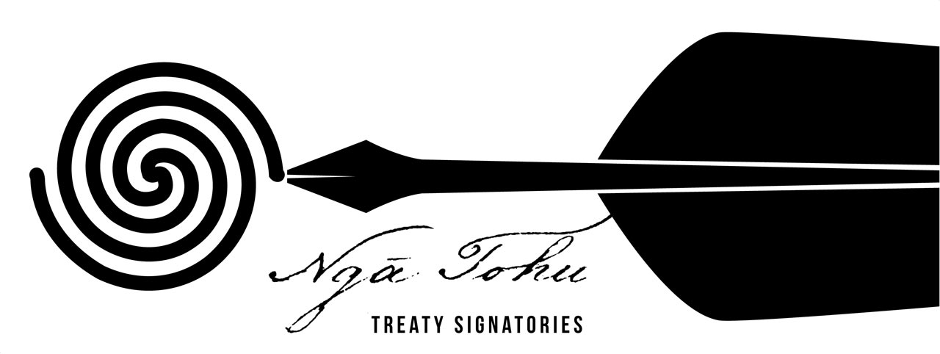Signing
| Signature | Sheet | Signed as | Probable name | Tribe | Hapū | Signing Occasion |
|---|---|---|---|---|---|---|
| 1 | Sheet 9 — The East Coast Sheet | Manutahi | Kemara Manutahi | Rongowhakaata | Ngāti Maru | Tūranga 5-12 May 1840 |
Kemara Manutahi signed the East Coast sheet of the Treaty of Waitangi between 5 and 12 May 1840 at Tūranga (now Gisborne). He was from the Ngāti Maru hapū (subtribe) of the Rongowhakaata iwi (tribe) and lived at Oweta in Tūranga.
When war broke out between Rongowhakaata and Te Aitanga-a-Māhaki in 1848, Manutahi was one of the leading rangatira (chiefs). Peace was made between these groups with the help of Wiremu Pere, who was a child at the time.
Manutahi attended the Kohimarama conferences in 1860. His speech expressed a wish for peace between the Crown and Wiremu Kīngi. In 1868, Manutahi was taken prisoner by Te Kooti; he was described as being old at this time. The missionary William Williams wrote in 1868 that on a visit to Te Wherowhero on 14 November, Donald McLean had heard that Manutahi and the other prisoners had been separated from the people and were under strict guard.
Manutahi corresponded with Donald McLean, the Native Secretary, from 1865 to 1872, so he had not been killed by Te Kooti in 1868 as Williams and McLean had assumed.


Community contributions